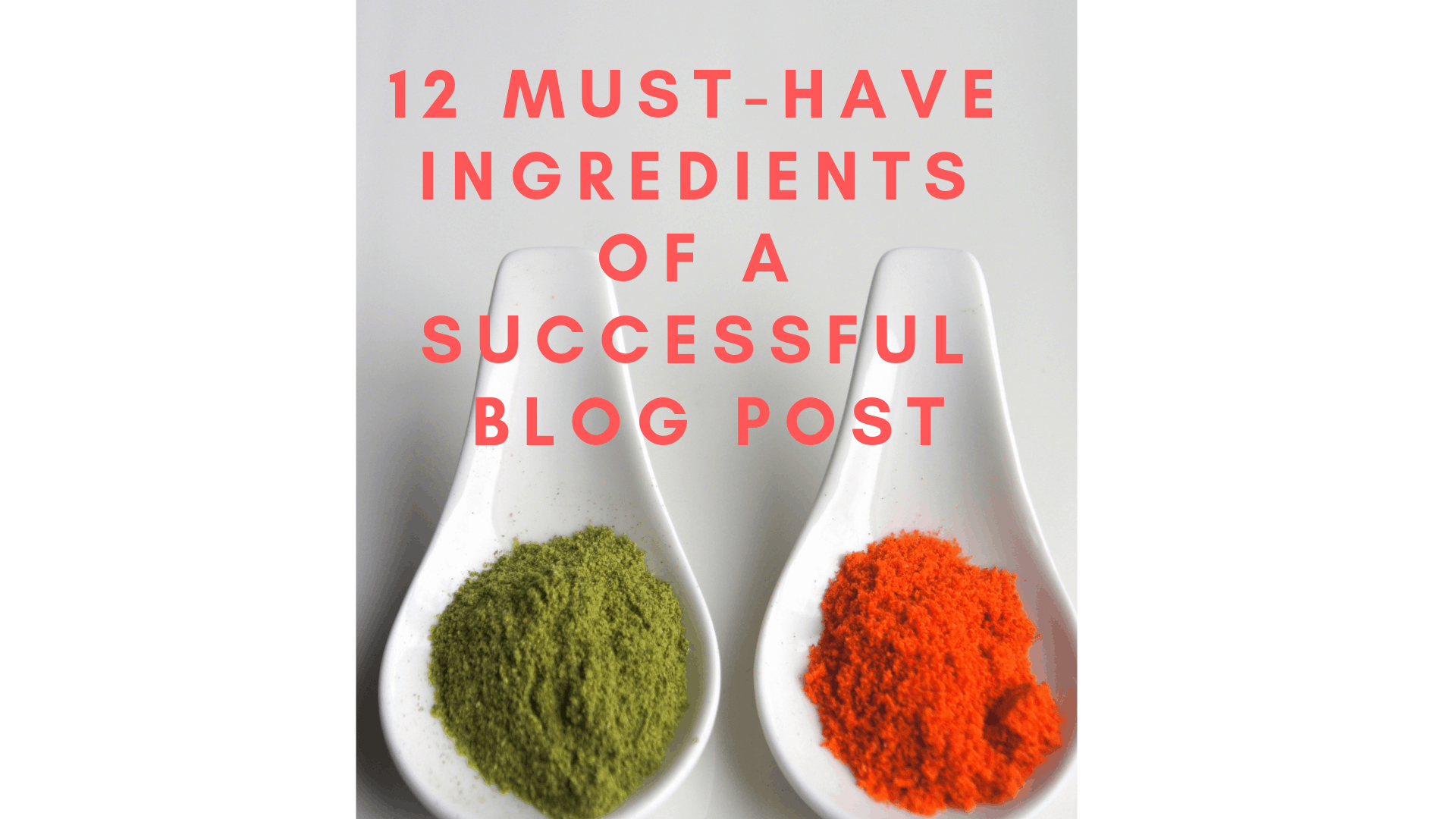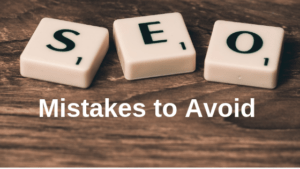Blogging is a lot like like golf. Some people practice it all the time and never improve… while others seem like naturals.
Why is that? You know better than to say it’s luck.
So let’s call it like we see it… when looking around at successful blogs, regardless of niche… there are some undeniable keys to success.
And it starts with blog posts that are captivating.
But what makes these posts so captivating? Here’s are list of 12 things… ignore them and you will have a tough time being successful.
1. Irresistible Headline
Your headline is the first impression you’ll make on a prospective reader.
Without a compelling one that turns a browser into a reader, the rest of your words might as well not exist.
Therefore, by crafting an irresistible headline, you’ll increase the number of people that will actually read your content.
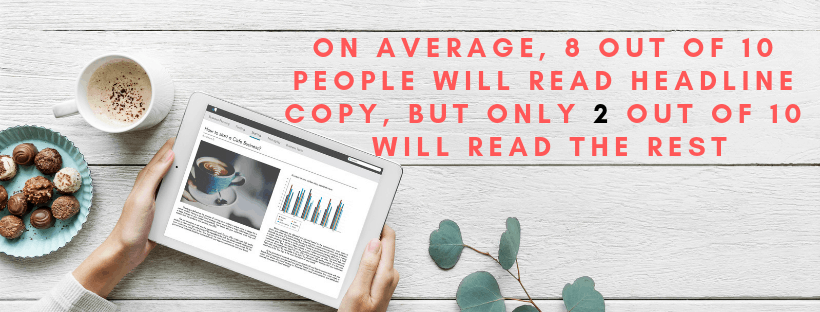
Irresistible headlines must accomplish the following:
- Define what the article is about.
- Encourage browsers to click through.
- Use keywords: These are words that you would like the article to rank for.
Would you go inside a Toyota dealer looking to buy a new Ford? Probably not, and therefore you need to make sure your title conveys to its potential readers what it’s about.
Lets breakdown the headline of this article:
“8 Must-Have Ingredients of a Successful Blog Post”
1. Conveys that you’ll learn the “ingredients” which make a successful blog post.
2. “Must-Have” makes you want to click on it to see if your articles are missing something.
3. “Blog Post” Keywords that I would like this post to rank for.
If you wish to go deeper into understanding what makes an irresistible headline, below are some articles that will help you:
- 55 Easy Ways To Write A Headline That Will Reach Your Readers
- What We Learned Analyzing 1 Million Blog Headlines
- 10 Tips for Creating Great Blog Titles
2. Compelling Lead
“The most important sentence in any article is the first one. If it doesn’t induce the reader to proceed to the second sentence, your article is dead. And if the second sentence doesn’t induce him to continue to the third sentence, it’s equally dead. Of such a progression of sentences, each tugging the reader forward until … safely hooked, a writer constructs that fateful unit: the lead.”
— William Zinsser, On Writing Well
Once you hook the reader with a magnetic headline, they will move on to the first sentence or short paragraph of your post.
The key here is to make it compelling enough for your readers to want to continue reading. This is where you draw your readers in.
Don’t make the mistake of rambling off too much before getting to your key points. Make sure there’s sufficient build up so that your readers will want to know more about the information you’re about to present them.
Below is a great source to help you write compelling leads:
3. Appealing Graphics
As the cliche goes, “a picture is worth a thousand words.” So why not let your images do some of the writing for you?
Graphics make reading more pleasurable. According to a study by Xerox, colored visuals increase people’s willingness to read a piece of content by 80%.
Therefore it’s imperative to have appealing graphics on each blog post.
Benefits of including graphics in your blog post:
- Break up text within body of article.
- Makes the article more visually pleasing.
- Makes the article easier to share on social media.
Don’t go adding every image you see on the web to your articles. First, understand the laws that govern online images.
The best way to avoid copyright issues is to create your own images.
However, if you’re like me and don’t have the skills required to create and edit your own graphics…
Below are some free resources you can use to find great images and edit them as you wish:
- Pixabay: My favorite place to find free images.
- Unsplash: Another great resource for finding free images.
- Canva: I use the free version to edit images.
4. Useful Headings and Subheadings
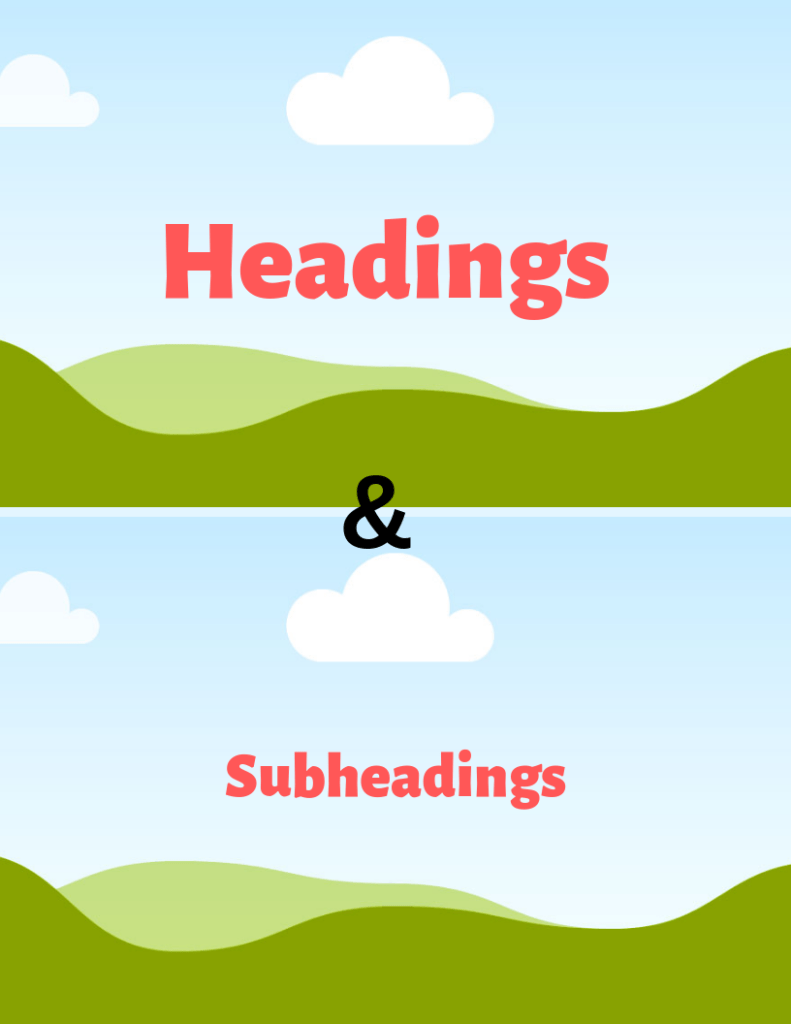
Headings and subheadings have two main purposes:
- They break up the type to make the post more visually appealing to its readers.
- They help readers navigate to important sections.
Nobody likes reading a long page of continuous text. Especially now that 48% of internet users are doing so from their smartphones.
Studies show that most people prefer to scan an article in order to decide if it’s useful to them, and then decide if they’ll read the whole thing.
Therefore, by using big blocks of texts with no headings/subheadings, you’re making it hard for those people to figure out what your blog post is about.
5. Authentic
Its your blog so why copy another one?

Effective bloggers keep an eye on their competition to get inspiration on what to write about, as well as to understand what’s working in their niche.
However, they do not copy the competition or anyone else for that matter.
Your voice is what separates you from every other blogger out there. It’s what will connect that reader to you.
Duplicate content will also negatively effect your blogs rankings.
Remember how you used to get in trouble for copying other kids work in school? Same applies here, so don’t do it.
6. Internal Links

Internal links are links that connect different posts on the same website.
For instance, as I write this post (new), I need to find ways to connect it to other posts (old) on this blog.
How? well if you’re a new blogger, you might want to read these insightful articles to help you start, grow, and monetize your blog.
If you were to click on that link it will take you to a previous article I wrote titled “84 Eye-Opening Articles Every New Blogger Should Read (+10 Useful Apps).”
Benefits of internal linking:
- Shows your readers relevant information on your blog.
- Keeps the reader on your blog… Google tracks this and assumes the more time users spend on your blog, the more they liked it and therefore will up its rank.
- Provides Google with an idea of your blog’s hierarchy
To get a more in-depth understanding on how internal links work and their benefits read the following article:
7. External Links

External links are links that connect different blogs together.
For instance, as I write this post, I need to find external sources that will create value for you.
For example: Moz wrote a thorough article on the importance of external linking.
That external link is important for several reasons:
- Provides you more information on the topic.
- Informs Google the blog referenced is important (the more links you get, the better rankings you get).
Don’t link to other blogs just for the heck of it. Make sure it’s relevant to the topic being discussed and that it adds value to your readers.
People will not take your blog seriously if they click on a link expecting to find out more information about editing pictures and you send them to a site selling cameras.
It’s tempting, but don’t do it!
8. SEO
SEO stands for Search Engine Optimization.
Put another way, it’s a combination of factors that make your blog posts more appealing to search engines such as Google and Bing.
We have already discussed some of those factors: Internal and external linking, time on page, and authenticity.
However, depending on who you ask, there are over 200 ranking factors.
The best tip I can give you on SEO is to install the Yoast SEO plugin to your WordPress blog and follow its instructions.
This will save you time and make the search engines happy.
9. Substantial Length
Unless you’re Seth Godin, you’ll be required to write lengthy articles.
How long?
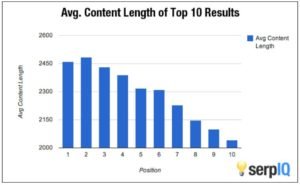
The short and easy answer is, as long as it takes to get your point across. But, and it’s a significant “but…”
Longer is better.
A study done by serpIQ found that the sweet spot is about 2,450 words for top rankings.
Does that mean every article you write needs to be that long?
Absolutely not. That data is showing you averages, so for every article that’s above that amount, there’s one below it.
However, as a good rule of thumb set your sights on at least 1,500. That’s enough to get your point across on most topics.
Don’t be redundant or add fluff trying to get your word count up. That’s going to alienate your readers and scare away search engines… yes, they’re smart.
On the contrast, don’t waste your time writing 500 word articles either… Stats don’t lie.
10. Proper Grammar and Spelling

I have a hard time with this one but I try my best.
People aren’t going to kill your for misusing a semicolon or forgetting a period to end a sentence here and there.
However, if you plan on writing blog posts containing long sentences that forget commas exist or misspelling every other word… I suggest you get another job.
Spellchecker should catch most of your misspelled words. Have a dictionary handy in case you aren’t sure about the spelling or meaning of a word.
No matter how careful you are, typos are bound to slip through so be sure to proofread your work after you finish writing it.
Make the needed changes and if you’re not sure about something, ask someone else to proofread it for you.
11. Call to Action
You have this wonderful blog post with a magnetic headline, superb structure, great images, internal/external links, and flawless grammar. Now what?
The “call to action” is what you want from your readers.
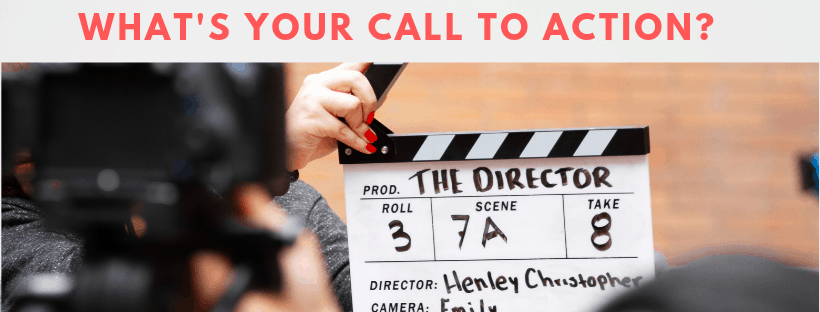
Examples of calls to action:
- Share your post
- Leave a comment
- Buy your product
- Download your eBook
- Visit another page
- Provide email address
Your call to action can vary from post to post. Try to know what it will be prior to writing your article as it might help you lead your readers in the direction that you wish.
12. Summary
Have you noticed how every court case you see on TV ends with closing statements from both sides which summarize the key arguments each side has, and ask for a specific action to be taken?
There’s are reason for that. Which is to remind the jury or judge what the case is about and bring to light each sides main arguments and expected conclusion.
This is also true for blog posts. It’s imperative that you end with a closing statement summarizing your key points and stating your call to action.
Are you ready to write your best blog post to date?
Successful blog posts aren’t just big blocks of texts thrown together on a website.
Carefully consider your strategy in light of these 12 points.
If you have an approach that follows these techniques, then you’ll start seeing better results. Not just from the search engines, but also from your readers.
FYI: Blogging is a playing field; anyone can apply the basics and succeed.
What other must-have blog tips would you suggest?
